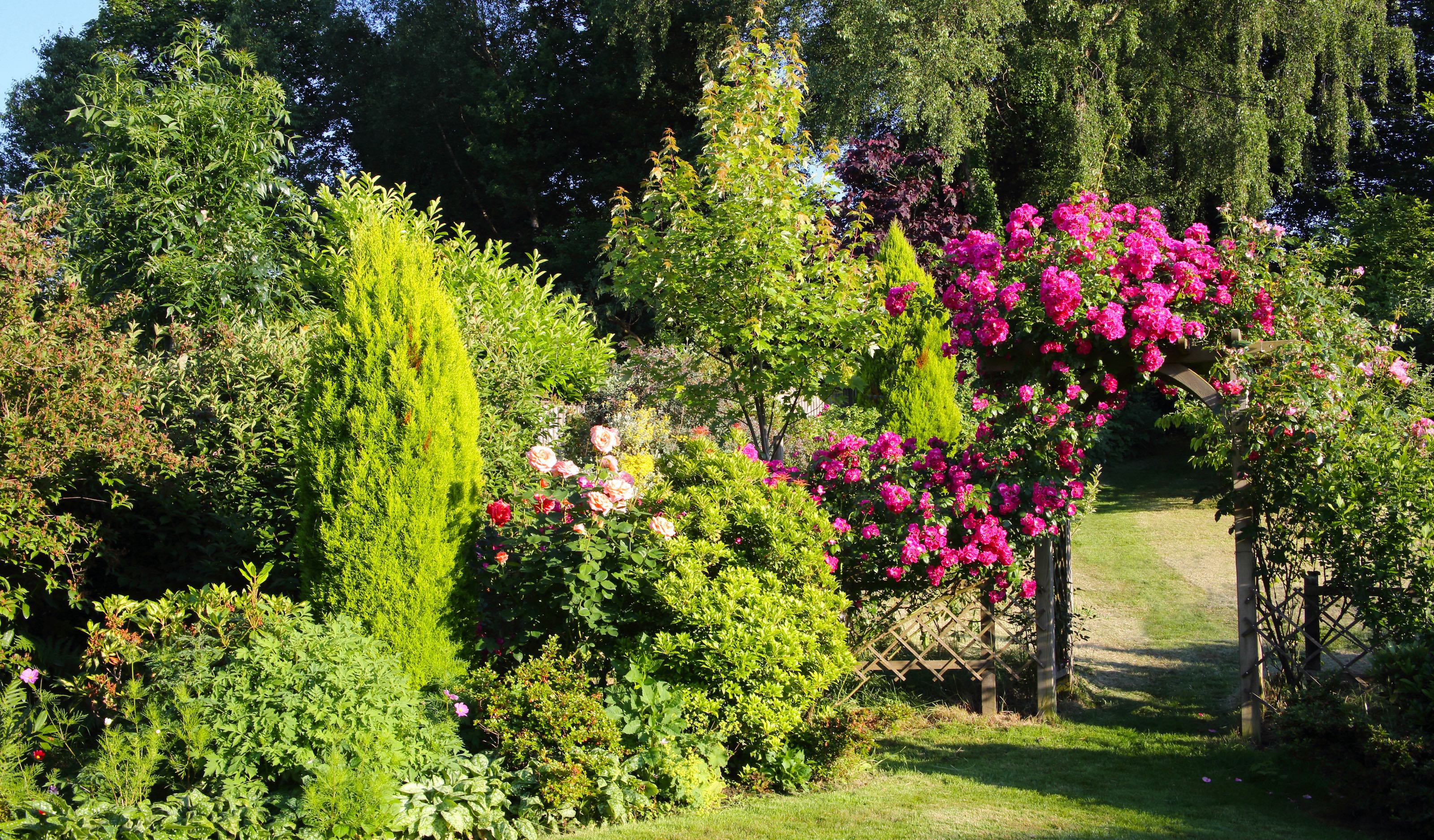
One minute your yard looks lovely, the next it's out of control — we get it. However, knowing what you should and shouldn't be pruning this month is a big step towards returning your garden to glory.
Just as there are still flowers you can plant in July, this month is a good time to prune a number of plants, shrubs and trees. Many will have already blossomed and started to 'go over'. Removing dead or decaying parts of a plant allows it to put its energy into new growth for the next season. Other plants, trees or hedges may just be looking straggly, with errant twigs and branches sticking out. These can be trimmed back for a neater appearance and to promote plant health.
Of course, be wary about pruning in hot weather (your plants may not thank you for it), but here's what in your yard could use some attention at this time of year.
1. Trees (if required)

Conifers and other types of evergreen trees can be pruned in July. Some deciduous trees, such as cherry, plum, magnolia and walnut trees can also benefit from a trim, if you live in a moderate climate. Although this advice doesn't apply in hotter regions.
Do bear in mind, that large trees may need to be tended to by a professional tree surgeon or arborist. Wielding saws and power tools is risky, so consider safety, and assess your skills wisely. Consider also, if pruning is actually necessary.
'I have played with the Masanobu Fukuoka method of not pruning that much when it comes to food production in my gardens, and I have further extended this to the garden overall,' says Kim Stoddart, author of The Climate-Change Garden.
'This doesn’t mean that I don’t prune back trees and shrubs in July – I do – but I do so on a needs-must, intuitive basis, not because I feel that I have to at a certain time of year.
'I base my cutting back around common sense; if something looks like it needs a trim, or has overgrown and is blocking light for plants growing nearby.
'When it has been very dry and hot, it can harm a tree to prune it and any damaged leaves might provide protection,' Kim says. 'Equally in very wet summer weather, a tree might need extra pruning in order to better create airflow between leaves and branches to help avoid rot or airborne fungus from spreading.
'There may also be a greater risk of pests. So I tend to work more around what I see needs doing at the time to help promote a healthy resilient all weather garden.'
The pruning basics
Price: $33.39
Size: 8.9"L x 0.98"W
These Swiss-madeigh-performanceudget-friendly, high pehrformance shears baren't super budget friendly, but buy good and you'll only have to buy once. Plus, sharp cuts mean healthier plants, and you can't put a price on that.
Price: $37.24
Size: 18"
Fiskars is a quality brand in garden tools, and while not the cheapest, these loppers are powerful. They've got great user reviews on Walmart, too.
Price: $23.99
Size: 22.24"L x 6.3"W
These simple hedge trimmers don't have loads of reviews, but with an average of 4.6 out of 5 stars, we'd take a chance on them. Reviewers say they work great, are lightweight, and they're a good price, too.
2. Rambling and Climbing Roses
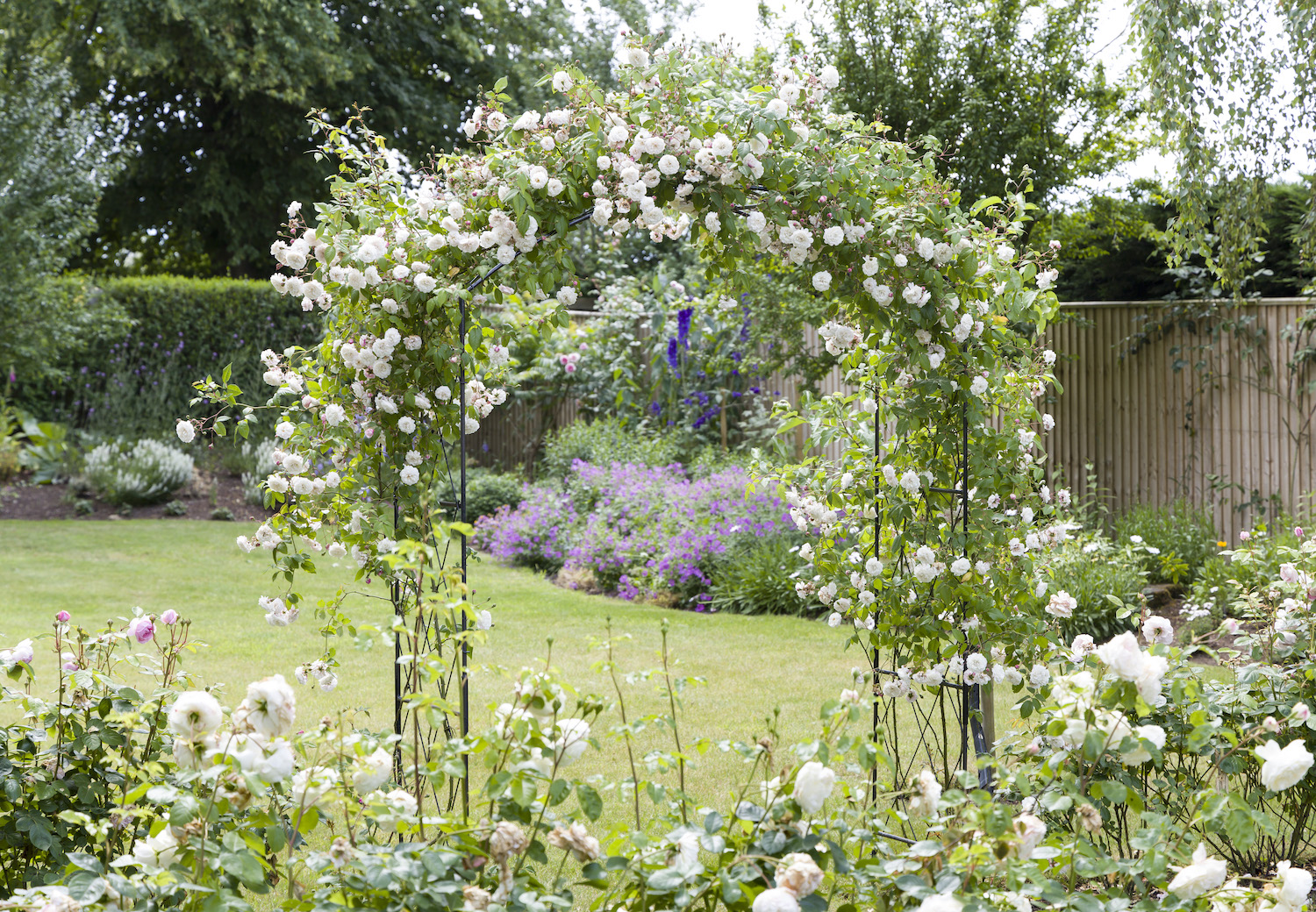
These beautiful climbing plants for the front of your house tend to have a growth spurt in summer, and usually require trimming to keep them in check, and producing healthy blooms, according to gardening experts.
'Such a great name for a delightful rose that is indeed very rambling and needs to be tamed lest it take over,' says Kim Stoddart.
'July is a good time to cut back rambling rose to help promote further flowering and stop it from strangling other nearby plants. That said I’ve allowed some of mine to go wild and send their blooms up nearby trees in recent years for a truly delightful and free-spirited floral display.
Gardener and author of Month-by-Month Gardening New England Charlie Nardozzi recommends trimming back and tidying up climbing roses too, if you have them in your yard.
'Prune climbing roses after their flush of flowering is finished to remove errant branches and bring the whole plant back in bounds with its trellis,' advises Charlie. 'Adjust plant ties that are holding the branches to the trellis and tie up new canes to the trellis.'
3. Evergreen Hedges
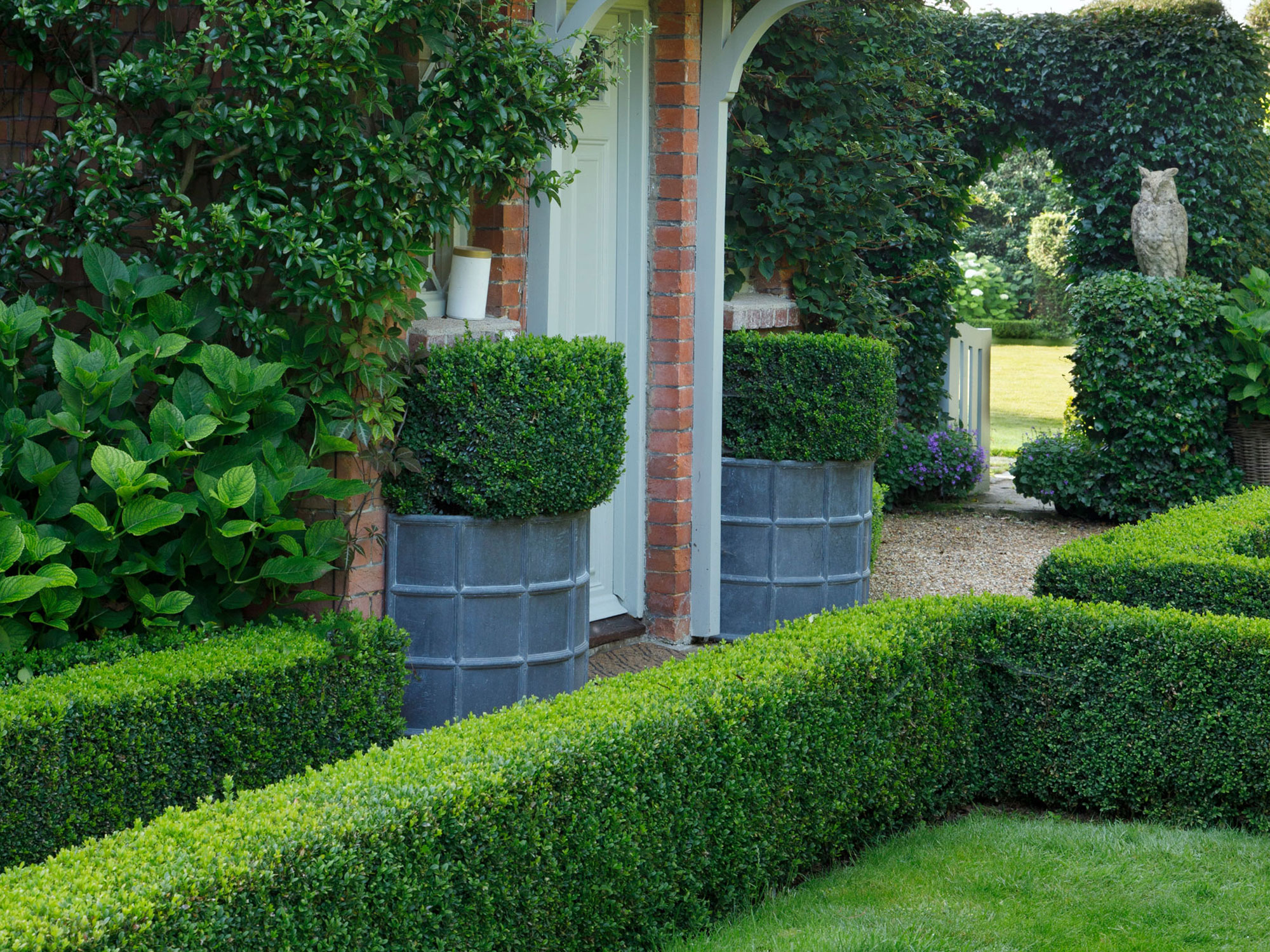
It's possible fast-growing hedges, such as privet, laurel or boxwood, have sprouted out in different directions. If that's the case, a trim to tidy them up, will encourage thicker growth. However, do check that no birds are nesting inside. If you do see a nest, leave the pruning until the birds have gone for good.
'By July, most garden tasks have slowed down so it can be a good time to work on preventative maintenance like pruning,' says gardening expert Sam Neimann, founder, Bleume. 'I like to prune my boxwood hedges midway through the growing season.
'It is important to avoid hard pruning during especially hot weather but small touch-ups will keep your hedging looking the best it absolutely can. I recommend giving any plants you prune a good feeding when you’re done.'
4. Shasta Daisies and other Spring and Summer Flowering Perennials
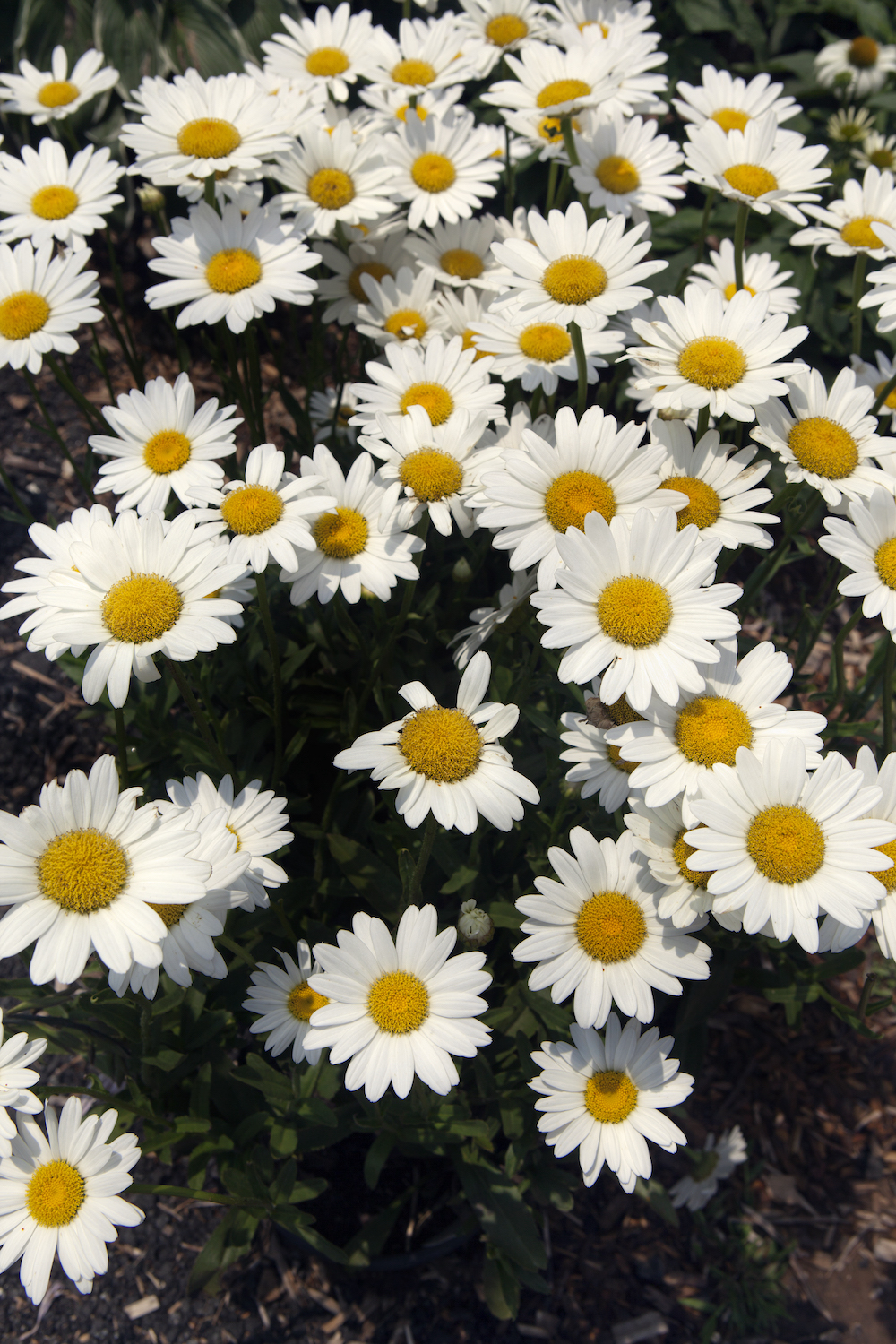
Deadheading spent flowers on perennial flowers that bloom in summer once they have 'gone over' will encourage growth and a further burst of blooms. This is not a huge task, just mild observation and minimal action.
'Plants like Shasta Daisies and other spring or summer flowering perennials tend to benefit from pruning midway through the growing season, once they finish their first flush of blooms,' says Sam Neimann.
'Pruning and deadheading flowers will promote a longer-lasting display,' says Kim Stoddart. 'Just remove spent flowers to help encourage further glorious displays. This applies whatever the weather.'
5. Vines and climbers
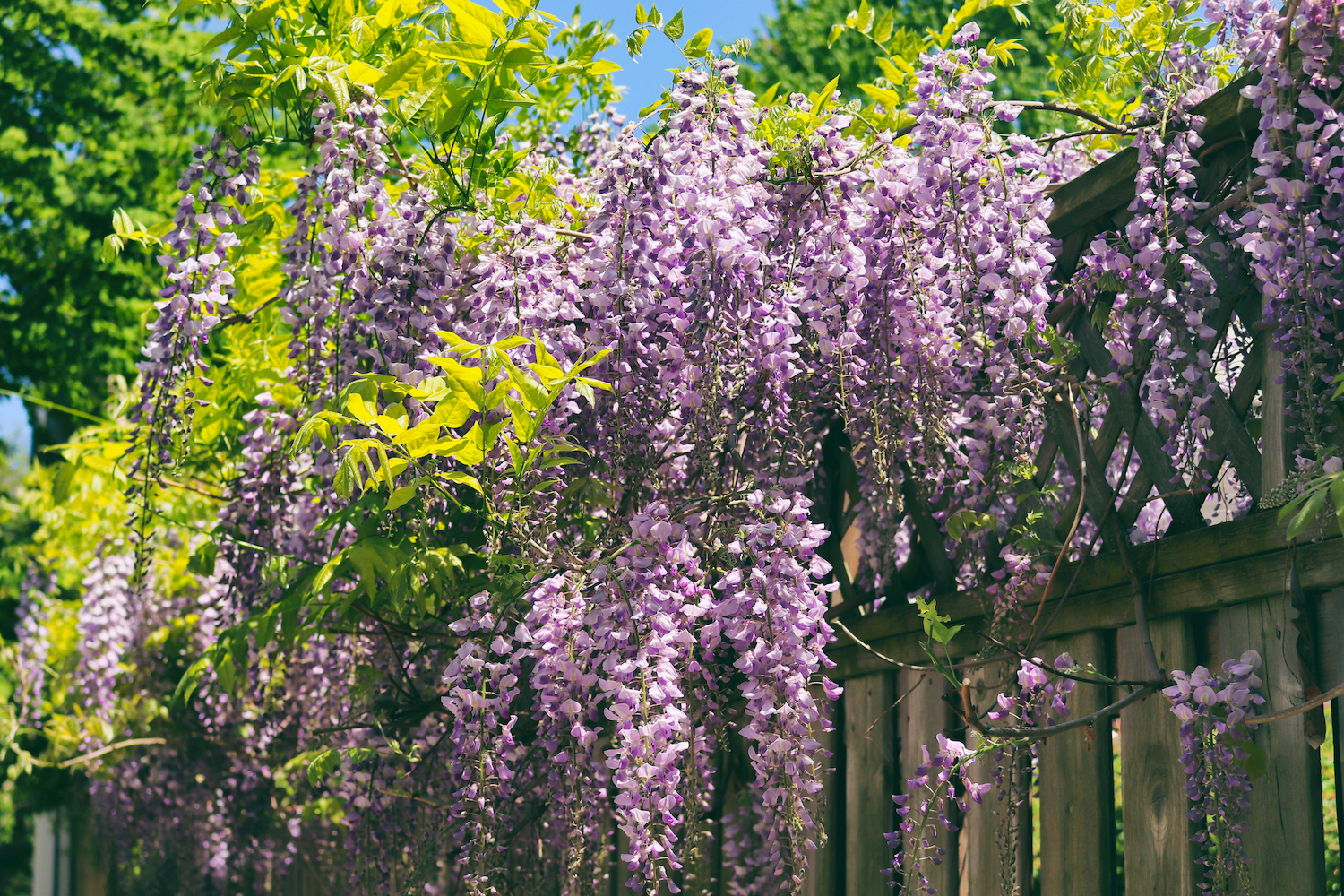
Wisteria, honeysuckle and other vines you might use as plants to cover a fence can grow wild in the summer sun, with tentacle-type stems that can wind around exterior cables and over neighboring properties. It is often necessary to keep them in check with a trim, to prevent them taking over and causing a nuisance.
'Cut back errant stems on aggressively growing vines such as wisteria, trumpet vine, and climbing honeysuckle,' says Charlie Nardozzi. 'Prune back to a side branch. This is mostly a cosmetic pruning to keep the vines looking good.'
To round things off, a little bit of advice. When it comes to pruning during summer, it's important to pay attention to the weather in your region. Pruning in extreme heat can cause damage to a plant, so use a gardening schedule as a guide rather than rigid instruction.







